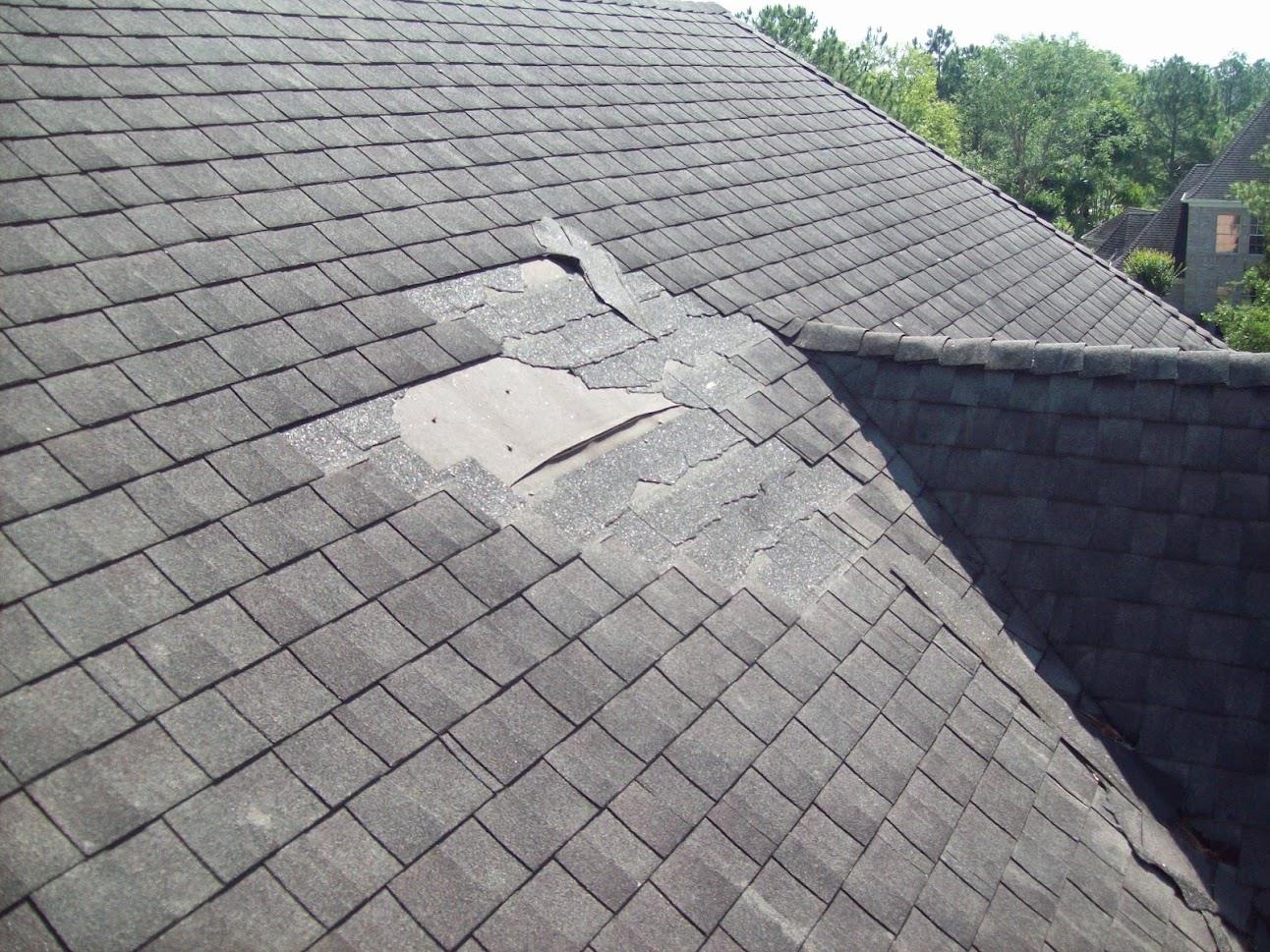Why Is My Roof Leaking? 4 Probable Reasons

No matter the size of your house, the last thing you likely want is a leaking roof. Leaks are inconvenient because they call for time and cash investment. Perhaps water is dripping through the ceiling, or the ceiling is full of water stains. If you see any of these signs, take prompt action before the leaking holes get bigger and cause severe damage.
A roof should be impenetrable, so any leaks are a sign of trouble for your home — but why do roofs leak? Learn the common causes of roof leakage.
1. Broken Shingles
When the shingles are missing or broken, a leaky roof is often inevitable. Shingles protect the roof and allow water to run smoothly to the gutters. Extreme weather, such as strong winds or storms, can break the shingles on your roof. If you have trees in your compound, a fallen branch may damage the shingles and puncture the underlay. The result is a leaking roof.
As a homeowner, routinely inspect your home for missing or damaged shingles, especially after strong winds or storms. If the roof has no significant damage, call a professional to replace the missing or broken shingles.
2. Clogged Gutters
A functional gutter system is essential to a home. However, if the gutters clog due to sticks, debris, and leaves buildup, they can stop working and cause water to pool. The last thing you want is standing water on your roof because the roof's design does not allow the gutters to hold standing water.
When the gutters clog, the pooled water can ruin the roof's structure and cause a leak. Regular gutter cleaning is often the best way to remedy gutter issues. Get on a ladder and use your hands or a plastic scoop to clear all the dirt in the gutters.
Ideally, clean your gutters at least two or three times a year. However, if you have lots of trees around, you may have to clean the gutters more often. After clearing the gutters, always test them to ensure they transport water away correctly.
3. Damaged Flashing
Flashing is a vital component of the roof as it seals points and joints where the roof can potentially leak. Poorly installed flashing can cause leaks, especially if it does not attach properly. If your flashing cracks or gets damaged due to direct impacts or old age-related issues, that becomes a perfect spot for the roof to leak.
Flashing is mainly in critical areas such as chimneys and skylights or where two roof sections meet. Therefore, repair any flashing damage as soon as possible to prevent water from seeping through and cause leaking. In addition, ensure that you examine the flashing several times a year to rule out any cracks or damage.
4. Old Age
In most times, the roof will leak after reaching the end of its shelf life. Although the design of most roofing materials allows them to last for a long time, they eventually succumb to debris, adverse weather, impact damage, and extreme temperatures.
Asphalt shingles can serve you up to 20 years
or longer, depending on the roofing quality. If your roof has fiber cement shingles, around 25 years will do. Wood shakes or shingles should last approximately 30 or more years. On the other hand, metal roofing, tile, and slate have last for 50 years or longer
. So if you suspect the leak on your roof is due to old age, a roof replacement will do.
If you have a leaky roof, call a professional to sort things out before more issues crop up. Contact JCB Roofing
so we can help you get your house's roof back on track.
















